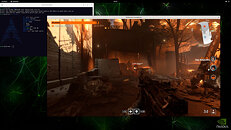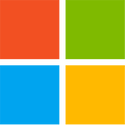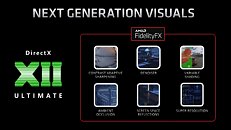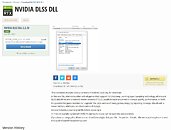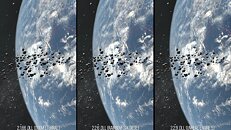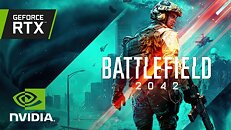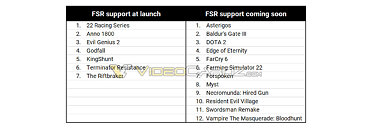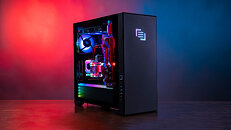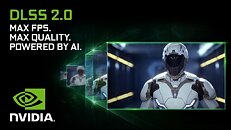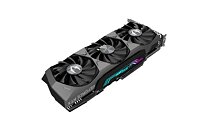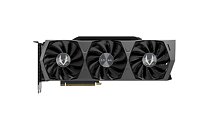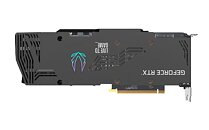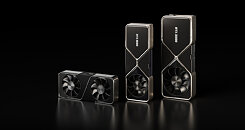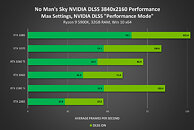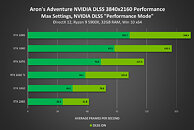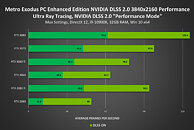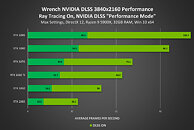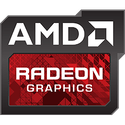
NVIDIA Officially Announces DLSS 2.3
NVIDIA DLSS adoption is growing rapidly, accelerated by easy-to-use Unreal Engine plugins and native support in Unity. This month 10 new games get DLSS, and a number of others, including Cyberpunk 2077, get upgraded to the new NVIDIA DLSS 2.3 SDK for even better image quality. With an AI model that continuously improves through training on NVIDIA's supercomputer, NVIDIA DLSS offers the best image quality and performance for over 130 games and applications.
To deliver a level of performance and image quality far above that of traditional upscaling technologies, NVIDIA DLSS utilizes an AI model trained on supercomputers, deep game integrations, and GeForce RTX Tensor Cores. Our DLSS AI model is always learning, and our newest update, NVIDIA DLSS 2.3, is available now. It makes smarter use of a game's motion vectors to improve object detail in motion, particle reconstruction, ghosting, and temporal stability.
To deliver a level of performance and image quality far above that of traditional upscaling technologies, NVIDIA DLSS utilizes an AI model trained on supercomputers, deep game integrations, and GeForce RTX Tensor Cores. Our DLSS AI model is always learning, and our newest update, NVIDIA DLSS 2.3, is available now. It makes smarter use of a game's motion vectors to improve object detail in motion, particle reconstruction, ghosting, and temporal stability.















